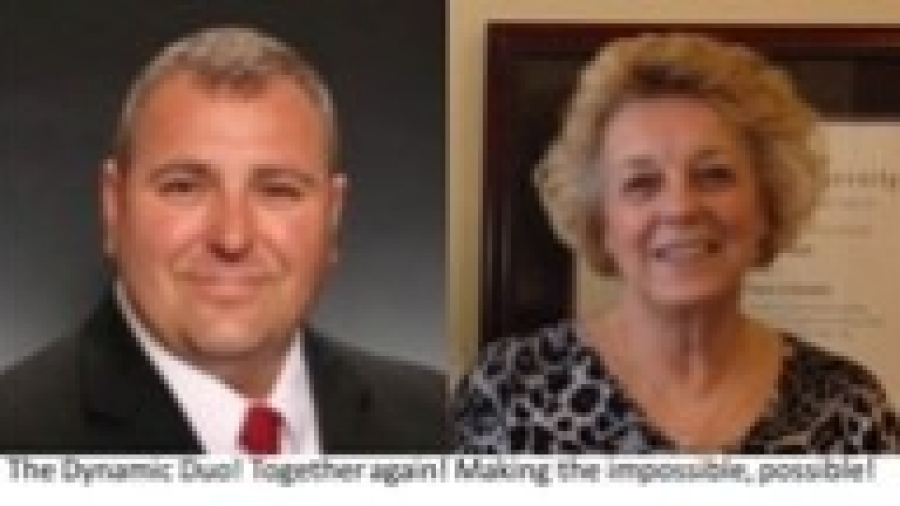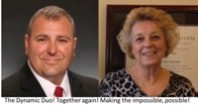 I recently attended a leadership workshop that spoke of Emotional Intelligence (EQ). The day started with a conversation on how Emotional Intelligence helps you build stronger relationships, succeed at work, and achieve your goals.
I recently attended a leadership workshop that spoke of Emotional Intelligence (EQ). The day started with a conversation on how Emotional Intelligence helps you build stronger relationships, succeed at work, and achieve your goals.
Emotional intelligence is the ability to identify, use, understand and manage emotions in positive ways to relieve (not eliminate) stress, communicate effectively, empathize with others, overcome challenges and refract conflict.
Emotional intelligence impacts the way we behave and the way we interact with others. Emotional intelligence consists of four attributes:
Self-awareness – Recognize your own emotions and how they affect your thoughts and behavior while knowing your strengths and weaknesses.
Self-management – Controlling rash behaviors, managing your emotions in healthy ways, follow through on commitments, and adapt to changing circumstances.
Social awareness – Understanding the emotions, needs, and concerns of other people, staying present to pick up on emotional cues while recognizing the power dynamics in a group.
Relationship management – Develop and maintain virtuous relationships, communicate clearly, inspire others, work well in a team, and manage conflict.
As we know, it’s not the smartest people that are the most successful. We all know folks whom are academically brilliant and yet are socially inept and unsuccessful at work or in their personal relationships. Intellectual intelligence or IQ isn’t enough on its own to be successful in life. IQ can help you get into college but it’s EQ that will help you manage the stress and emotions of sitting your final exams.
In order to permanently change behavior in ways that stand up under pressure, you need to learn how to take advantage of the powerful emotional parts of the brain that remain active and accessible even in times of stress. This means that you can’t just “study” or read about emotional intelligence to “get” it. You have to experience and practice the skills in your everyday life.
Develop your stress busting skills by working through the following three steps:
Realize when you’re stressed – The first step to reducing stress is recognizing what stress feels like. How does your body feel when you’re stressed? Are your muscles or stomach tight or sore? Are your hands clenched? Is your breath shallow? Being aware of your physical response to stress will help regulate tension when it occurs.
Find your stress response – Everyone reacts differently to stress. If you tend to become angry or agitated under stress, you will respond best to stress relief activities that quiet you down. If you tend to become depressed or withdrawn, you will respond best to stress relief activities that are stimulating. If you tend to freeze—speeding up in some ways while slowing down in others—you need stress relief activities that provide both comfort and stimulation.
Find stress-busting tools that work for you – The best way to reduce stress quickly is by engaging your senses: sight, sound and touch for example. Each person responds differently to sensory input, so find things that are soothing and/or energizing to you. If you’re a visual person you can relieve stress by quickly viewing a powerful quote or photo you have hanging in your office. If auditory, music, or the sound of a motivational speaker helps to quickly reduce your stress levels.
High levels of stress will get in the way of your ability to accurately “read” a situation, hear what someone else is saying, be aware of your own feelings and needs, and communicate clearly i.e., impact cash flow, team and referrals coming into the office. It’s vital to learn how to quickly calm yourself and diffuse stressful situations to stay focused, and in control–no matter what challenges you face or how stressful a situation becomes.
Because let’s face it, in the world of a solo-prenuer, stress free is not an option. Stress is inevitable, it is all in how you manage and react to it.
Molly L. Hall, Co-Founder, Lawyers with Purpose, LLC, and author of Don’t Be a Yes Chick: How to Stop Babysitting Your Boss, Transform Your Job and Work with a Dream Team Without Losing Your Sanity or Your Spirit in the Process.




















